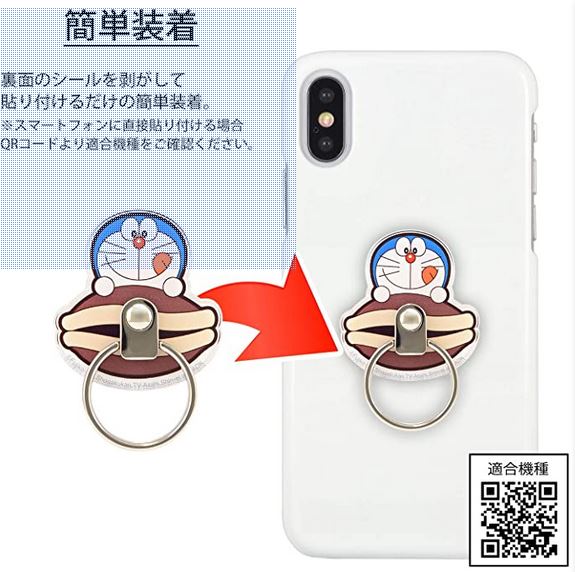
In the beginning, Japanese role-playing games were pretty close to their Western brethren – inspired by classic titles like Wizardry, they let players roll up their own characters along a spread of archetypes and engage in fairly narrative-light dungeon crawling.
But soon enough, Japan would develop their own style, one that put the player in control of pre-determined characters with rich backstories and complex narratives, where the swoop of the plot unfolding was the main motivator through the game. The undisputed leader of that revolution was Squaresoft. The early Final Fantasy games were very Western, but by the third installment the company had started pushing towards a new .
In 1995, that philosophy would manifest itself in one of the all-time greats of the 16-bit era, a Super Nintendo role-playing game that would push the envelope of what the genre was capable of, introducing a number of features that we now can’t imagine living without. 25 years later, let’s revisit Chrono Trigger and see how this masterpiece came to be.

Turn Back Time
The three heads of the Chrono Trigger project were referred to internally as the “Dream Team” at Square. Hironobu Sakaguchi, the creator of Final Fantasy, was the lead designer, Dragon Quest‘s Yuji Hori was the writer and the visuals were done by superstar manga artist Akira Toriyama. The three took a trip to the United States to preview upcoming graphics technology and bonded over a desire to make a game that “no one had done before.”
They got producer Kazuhiko Aoki on board and Square assigned them a team in excess of fifty people, a large group for games of the era. The company originally wanted to squeeze the project into the Seiken Densetsu series – best known here as Secret of Mana – and release it on the Super Famicom Disk Drive. When that peripheral was canned by Nintendo, the team refocused and redesigned what they had to deliver on a cartridge instead.
What they came up with was a grand, sweeping narrative that all took place in a single geographic location – the Kingdom of Guardia – but across seven different eras in time. Changes made in the past affect the future, with hero Crono and his friends working to prevent the malevolent spaceborn entity Lavos from causing an apocalypse in 2300 AD that will destroy all life on the planet.

Fight Forever
Random battles are the beating heart of every console RPG, the way designers add playtime in between plot beats. Unfortunately, in many games these fights can seem like simple padding, reduced to repetitive button presses to attack with little to no strategy. Square knew that if players were spending the majority of their gaming time in fights, they needed to make them more visually and mechanically interesting.
Final Fantasy VI had introduced Active Time Battle, which replaced the traditional turn-based method with something a little more granular – allies and foes each had meters that filled in real time, and only were able to act when they were completely full. This added a dimension of timing to each conflict, as speedy, weaker characters would get the opportunity to move more often than slower tanks.
Chrono Trigger refined that idea even further with ATB 2.0. Now the spatial dimension was also in play. Instead of arraying the player’s party and their enemies in two parallel lines on the battlefield, Chrono and his friends could now move freely around the space. Enemies could as well. The game’s special attacks, known as “Techs,” had areas and zones of effect, with some striking everyone in a circle’s radius and others affecting enemies in a line. Instead of simply selecting skills from a menu, battles became a dance of constantly-evolving strategies, keeping them feeling fresh throughout the game’s playtime.
In addition, your characters could team up for Double and Triple Techs, powerful attacks that required everybody’s ATB gauge to be full but could swiftly turn the tide of battle. There were so many choices to be made in each fight, but they were all intuitive and well explained, so it never felt overwhelming.
Adding action-based mechanics to RPG combat had been done before, but Chrono Trigger was a master class in balancing deep tactical decisions with real-time positioning. It would inspire a myriad of imitators as traditional ATB systems would slowly fade in favor of more robust alternatives. Square’s 2016 I Am Setsuna is the most notable, featuring a battle mode that was extremely reminiscent of Chrono Trigger‘s.

The Ends
Japanese role-playing games, by their highly constructed nature, end up being very linear. Either the player’s party falls in battle before they accomplish their quest, or they make it to the end for a final boss battle and a grand wrap-up of the story. But Chrono Trigger pushed the envelope there as well. The game’s time-twisting nature and plethora of player choice and secrets to discover gave it a wide narrative space, and director Masato Kato came up with a bold idea on how to best exploit it.
As big as the team was, they didn’t have the manpower or cartridge memory to build in a truly branching narrative path for Chrono Trigger. Instead, they made it so the game could be “completed” at a variety of points in the narrative progression, with varying final confrontations and additional scenes based on that choice. All told, Chrono Trigger has thirteen different finales the player can obtain, from the worst – Lavos destroys civilization in 2300 AD – to the best.
In testing, Kato discovered that players expressed a desire to go through the story again and make different choices, aware that they could bring the story to a different conclusion. So the team introduced another innovative feature in “New Game Plus.” After completing their journey, gamers could start from the beginning, but keep all of the swag and abilities you collected in the last playthrough. This allowed them to zip through the early game and even access content that they could never see the first time through.
Since then, multiple endings and New Game + modes have become tropes in the JRPG genre. Given the incredible length of time it takes to complete some of these titles, allowing players to go into battles at maximum power lets them still make all the meaningful choices but greatly reduce the padding. And when you’re trying to see all of a game’s endings, which can change based on multiple actions taken throughout the story, it’s the most elegant yet immersive solution.

Ripples Through Time
Chrono Trigger was a critical and commercial success, selling millions in Japan and over a quarter million in the States, which was spectacular for a RPG. But the Super Nintendo was nearing the end of its lifespan, so no official sequel was planned for the platform. Instead, the company made a few oddball spin-off games for the Satellaview system and had a team ramp up to put something together for the next generation of systems. Square signed a deal with Sony, who were implementing a CD-ROM based architecture as opposed to Nintendo, who chose to stick with cartridges.
That team, headed by producer Tetsuya Takahashi and featuring writer Masato Kato and composer Yatsunori Mitsuda created… Xenogears. Although Square thought that the group was working on Chrono Trigger 2, Takahashi had his own designs for a new fictional universe. The development of that game could be a whole article in itself, but there are definitely chunks of Chrono Trigger DNA in the final product, with the more action-based battle system and complex plotline. After development on that game was completed, Square took Kato and teamed him with producer Hiromichi Tanaka to make an official Chrono sequel.
In 1999, Square released Chrono Cross for the PlayStation. This long-awaited game took inspiration from Kato’s Radical Dreamers for the Satellaview as well as the original game to create an experience that felt fresh and new while still keeping the spirit and innovation of the original. Instead of letting you criss-cross through time periods, protagonist Serge jumped back and forth between parallel worlds to recruit a staggering 45 possible party members. The game was critically lauded, and in 2001 the company registered a trademark for Chrono Break, but the future refused to change that game never materialized.
Squaresoft’s fertile period of 16-bit innovation is still looked back on as one of the golden ages of video games, with a string of undisputed classics expanding ideas of what RPGs could play like. It’s impossible to imagine the genre without Chrono Trigger, and there’s no time like the present to go back and play it again.

facebook 查詢:
24 hours enquiry facebook channel :
https://www.facebook.com/itteacheritfreelance/?ref=aymt_homepage_panel


